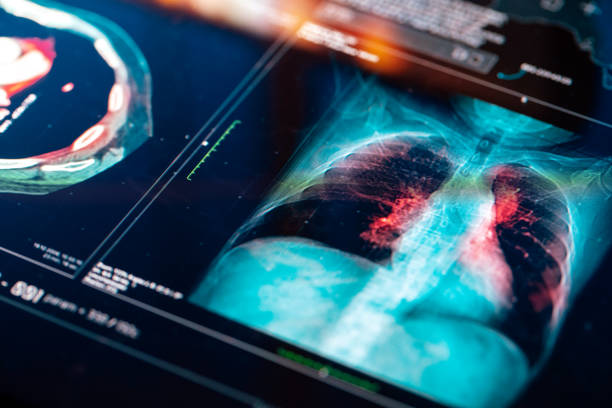
Breakthrough in Early Lymphedema Detection with Subcutaneous RF Imaging and Deep Learning
TR&D3 has developed a groundbreaking approach for early lymphedema detection that combines subcutaneous RF imaging with deep learning, offering new hope for millions of cancer survivors. Traditional detection methods often fail to identify fluid accumulation at its earliest stages, delaying intervention and treatment. This innovative technique addresses that gap, enabling timely identification of lymphedema before it progresses.
The method leverages microwave bio-radar sensing to non-invasively assess the dielectric properties of subcutaneous tissues, which are highly sensitive to changes in fluid content. To enhance imaging accuracy, researchers developed a contour-assisted back-projection algorithm, which improves wave propagation modeling and produces highly focused images of lymphatic fluid near the limb’s surface.
A U-Net-based deep neural network further refines the approach by precisely locating and quantifying fluid accumulation. Simulation studies demonstrate that this method significantly outperforms existing imaging techniques, offering a more reliable and early indicator of lymphedema.
Published at the 2024 IEEE Radar Conference, this work represents a major step forward in digital health and cancer survivorship care, highlighting how advanced imaging and AI can combine to improve early-stage detection and patient outcomes. By enabling earlier intervention, this approach has the potential to transform clinical practice and enhance quality of life for patients at risk of lymphedema.
Study citation
Y. Chang, N. Sugavanam and E. Ertin, “Microwave Lymphedema Assessment Using Deep Learning with Contour Assisted Backprojection,” 2024 IEEE Radar Conference (RadarConf24), Denver, CO, USA, 2024, pp. 1-6, doi: 10.1109/RadarConf2458775.2024.10548272








